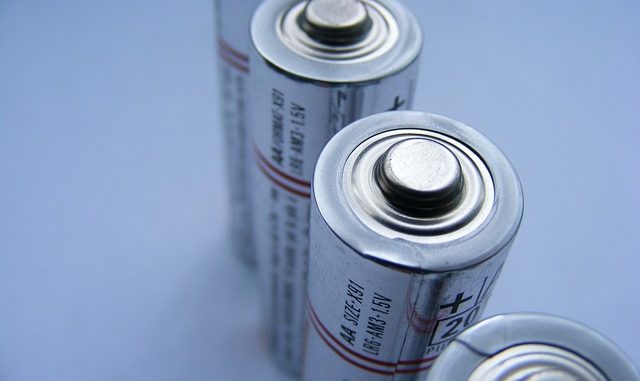
I am always surprised by the speed at which some fashions are propagated and the rapidity with which they are sometimes forsaken. These excessive speeds reflect the impact of emotional considerations that are not in favor of a serene look at these fashions.
Battery storage is one such topic. Is the enthusiasm it creates understandable, or is there already some points of attention which deserve our vigilance?
The benefit of storage used in addition to intermittent electrical production, in compensation for seasonal variations in production or consumption, in smoothing solar or wind production, is no longer to be demonstrated. But, if some technologies have proved themselves and are no longer questionable, like the pumped storage power plants, it is not the same with the batteries.
The current profitability of batteries used on small or high power (up to 1MW) grid applications assumes investors keen to accept long payback periods. Apart from a few niches, the payback periods I have reached in the studies carried out for my clients, all exceed 25 to 30 years. Without subsidies, without the interest of an R&D approach to investigate new technologies and applications, the current economic attractiveness of battery storage is low for these “grid” applications.
Two factors influence this poor performance:
– The difficulty of increasing the revenues by multiplying the uses of the battery because each application requires different characteristics and a battery rarely responds, at the same time, to the specifications of two different applications.
– The still high costs of batteries, although they have dropped sharply recently.
Many promise spectacular price cuts for the future, referring to photovoltaics. The price curve observed in the field of nano-technologies, to which a large part of photovoltaics belongs, is far to be similar to those observed in electro-chemical and mechanical technologies. I doubt that the price of batteries can be reduced to the same extent as photovoltaic prices.
Today’s costs are based on lithium extracted from mines. Recycled lithium from recycled batteries will be more expensive and will increase the cost of future batteries under the current technological conditions.
Some experts put forward the limit of currently identified lithium reserves, mainly in Bolivia (more than 50% of the world’s reserves) and in China.
I will not, of course, deny that the reserves are limited, but before reaching this limit, Bolivia will have to face the environmental consequences of the intensive extraction of Lithium. In the past, we have been able to destroy some of our most remarkable sites and overexploit certain resources in our subsoil. Perhaps our experience will lead us to limit the extraction of lithium and to exploit only a part of the total reserves? This is my dearest wish.
Between the economic parameters and the environmental benefits, the batteries appear to me less ideal than they are sometimes presented for the grid applications; I do not challenge today their relevance in electric vehicles. Tesla provides us, at the first glance, another image of batteries by occupying spectacularly the media space reserved for them while its own market share is much less than 10%.
It seems useful to be cautious and to move forward in stages without undue anticipation. The valuable time, we will be able to take, will probably be useful to improve the performance questioned today or to develop more attractive storage technologies, why not by combining batteries with other technologies.



Leave a Reply